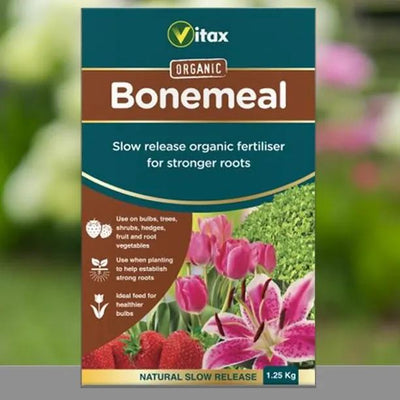Ribston Pippin Apple Trees
'Ribston Pippin' looks very like its offspring the Cox's Orange Pippin, if a little less flattened. There are the slightly russety bits at the bottom, the reddy-orange streaks over the green skin, and the creamy yellow, fine textured flesh. The taste differs substantially in that the Ribston has a more robust and clearly sharp flavour that lends itself to cider making and for cooking unlike the Cox. As an eater it's a tart but aromatic apple to eat straight from the tree but with a little patience (that means about a month in storage) it ripens and mellows into something sweeter and its aromatic nature becomes more apparent. The blossom is at its best in mid-May with single white flowers with a pale pink outer petal. The resulting fruit buds are exceptionally large with a pelt of downy hair all over them. It won its RHS AGM award in 1993.
Browse our range of apple trees or see the full variety of fruit trees.
Garden Design Ideas
The Ribston Pippin is also sometimes known as the Glory of York which gives you some indication of how hardy it is. The apple is reasonably juicy and delivers a sharp and refreshing juice that benefits from being paired up with a sweeter apple. Being a triploid variety it's nigh on useless at pollinating other apple trees and requires pollinating if it's to fruit, so choose a sweet apple like Herefordshire Russet that will crop around that time to make a fantastic juice and that is a good but very different type of eating apple. If you really do not have room for another apple tree, any of the crab apple trees will also pollinate Ribston Pippin and look marvellous while so doing. Likewise, if you do not have lots of room you may as well make a feature out of your apple tree and clothe it in flowers for longer than just May. Take a look at the list of Clematis we stock and imagine how a tree would look festooned with one of these beautiful climbers. Or choose a climbing rose: there are so many to choose from but the yellow Chris might be an original and stunning choice.
Features
- Height: Bush to 3.5 m. Half Standard to 4m
- Use: Eating/Cooking/Cider
- Pruning: Spur bearer
- Pollination: Self Sterile
- Picking: late September/First week of October
- Apple colour: Red flush on yellow/green skin
- Pollination Group: Group C
- Ploidy: Triploid
- Storage: 1-2 months
History & Trivia
The Ribston Pippin apple was introduced in 1707 and hails from Ribston Hall near Knaresborough in North Yorkshire. However, there is more than strong evidence that in fact a pip was brought from Rouen in France and was then grown in Yorkshire where it thrived. It's because of this that it has been named after this fantastic Yorkshire pile, and is in utter denial about its French origins. So that is the Ribston bit! The Pippin bit relates to the old English name for sapling which was..... pippin.

 Secure, One-Tap Checkout
Secure, One-Tap Checkout
 Hand Picked, Delivered to Your Door!
Hand Picked, Delivered to Your Door! 1 Year Bareroot Guarantee
1 Year Bareroot Guarantee













